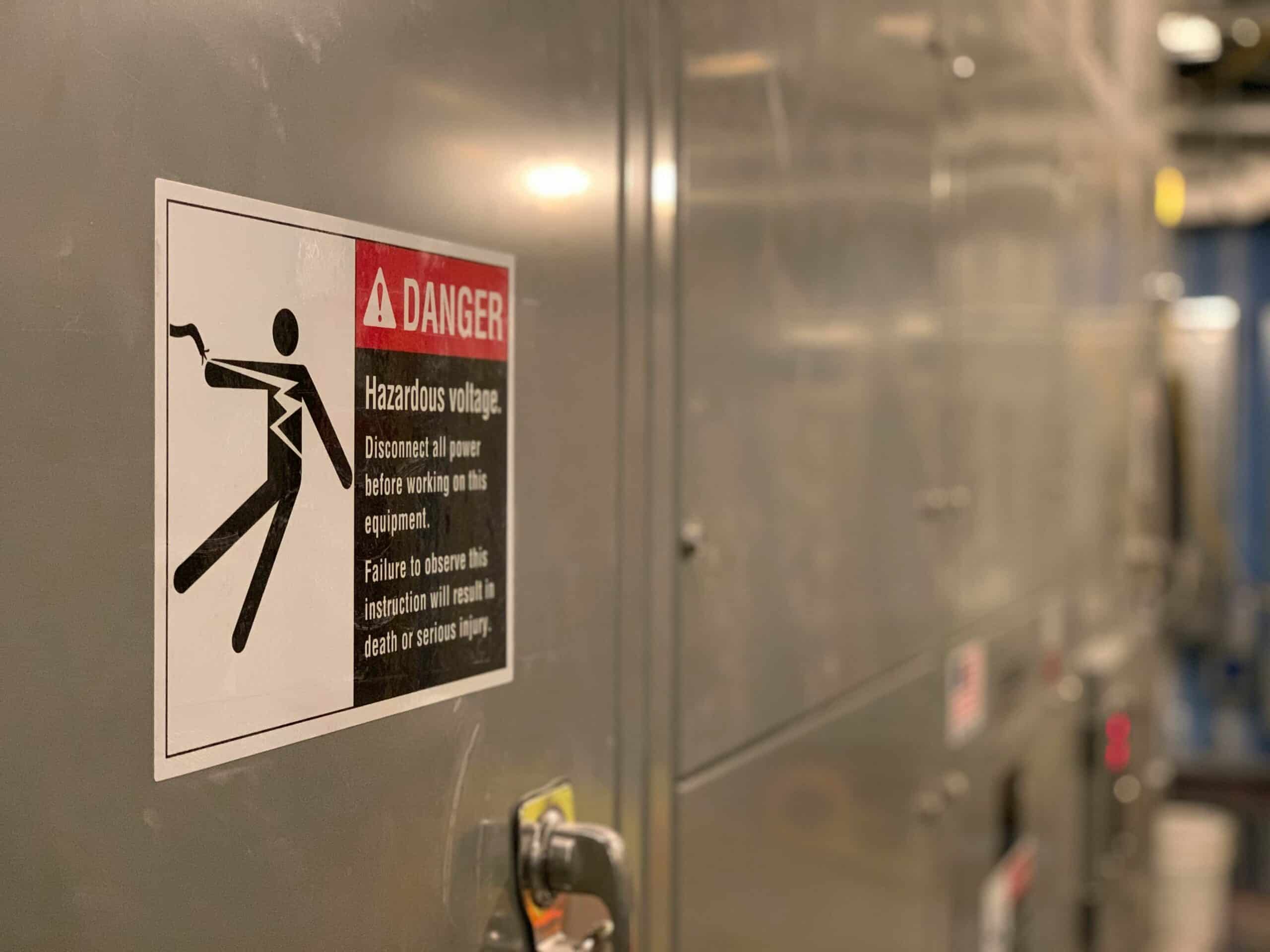A great guest blog from our Health and Safety Partner Organisation, Armour Risk
Ensuring the safety of workers attending client sites is paramount. As they venture beyond the familiar confines of their employer’s premises, a myriad of risks and hazards come into play. From dynamic risk assessments to lone working, we’ll navigate the essential aspects to keep you informed and safe.
Armour visits client sites across the UK, making us very familiar with the unique challenges of working on client premises. Broadly speaking, these include unfamiliar environments, varying safety protocols, and a range of hazards specific to the client’s industry. Recognising and mitigating these risks are fundamental to a comprehensive health and safety strategy.
So, how do our consultants mitigate risk when out and about?
Firstly, we utilise Dynamic Risk Assessments (DRAs) – this is the ongoing process of identifying, assessing, and managing risks in real-time as the situation evolves. DRAs aren’t about completing forms and paperwork; it’s the identification of risks and making decisions based on the likelihood of hazards creating a risk. We do this on a low level every day – ever looked at some scaffolding over a pavement and decided to cross the road to avoid going underneath? Or decided not to eat that two-day-old seafood salad? The decisions we make daily balance risk against reward, and DRAs are simply a conscious acknowledgment of risks and hazards we make about our environment.
These real-time assessments facilitate the swift identification of hazards, enable workers to adapt to changing circumstances promptly, and help prevent potential accidents. And most importantly, DRAs equip workers with the skills to make informed decisions on the ground, fostering a proactive safety culture.
Secondly, we have robust lone working policies and procedures that link into the Dynamic Risk Assessments. “Lone Working” is when individuals are carrying out tasks by themselves without direct supervision, which makes up the bulk of our consultants’ daily routine.
The risks around lone working can include limited or complete lack of immediate assistance in case of an accident or medical emergencies, and increased vulnerability to security threats, as well as violence and aggression. These risks can increase further when workers are providing domiciliary support services and attending client residences.
A key part of our lone working policy and procedures revolves around work-related violence, which, as defined by the Health and Safety Executive (HSE), encompasses incidents in which employees face abuse, threats, or assaults in circumstances related to their work, including both verbal and physical attacks.
To manage the risk, we carry out relevant and appropriate staff training through e-learning software, implementing security measures such as diary management and review, reporting when arriving and leaving site, and providing support systems in case of incidents. Above all, we foster a culture of respect and open communication so that concerns can be raised and addressed as a team.
In summary, when your workers operate on a site out of your control, organisations should promote:
- Dynamic Risk Assessment: Train workers to assess the workplace continually and adapt safety protocols as needed.
- Training: Equip lone workers with the skills to handle diverse situations independently.
- Regular check-ins: Establish a system (which could be manual or using app technology) for regular check-ins with a designated contact.
- Emergency protocols: Clearly communicate emergency contacts and procedures.
- Client contacts: Identify key contacts for communicating health and safety concerns and questions.
- Personal Protective Equipment (PPE): Ensure workers are aware of any appropriate requirements for sites, especially if the PPE isn’t provided on-site.
- Client site orientation: Encourage clients to familiarise workers with emergency exits and H&S procedures when workers arrive on-site, and ideally have time for workers to read over any documentation before starting work.
Navigating health and safety on client sites demands vigilance, adaptability, and a proactive approach. Get in touch today to see how we can help protect your workers – https://www.armour-risk.co.uk/contact/
